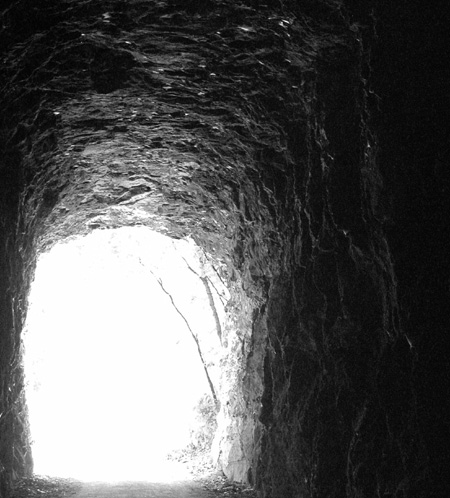Some photographers focus on black & white photography, others color, but many are like me and we’ll use both depending on the circumstances.
For myself, I’ve seen a photo in color that’s uninteresting until you desaturate it, reducing it to greys, blacks, and whites, and then it takes on life and interest. Conversely, other photos need the color; otherwise important detail is lost.
These photos were from a hike along the Katy Trail, in and around Rocheport, Missouri. I show both color and B & W images, so that you can see the difference when using one or the other. I’ve found that when I want to add a surreal quality to a photo — to build on the emotion — I always use B & W. However, when I want to focus more on the subject of the photo, I tend to use color.
Rocheport River
Two slightly different photos of the same river/creek that feeds into the Missouri river, right outside the Rocheport Tunnel. The scene looks good regardless of whether it’s in color or not, but the B & W tends to wash much of the warmth out of the photo.
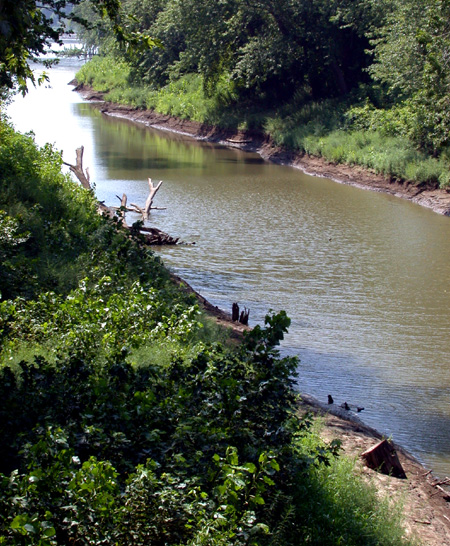
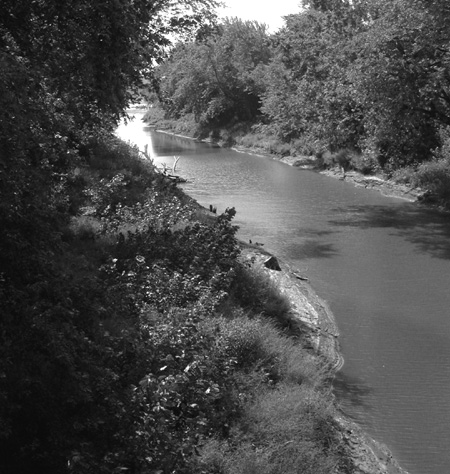
Tunnel Entrance
This is a case where removing the color harms the photo, in my opinion. I believe that the colors of the rock and the leaves actually add detail, and the B & W comes off more flat, less interesting.
Of course, this is, again, my opinion.
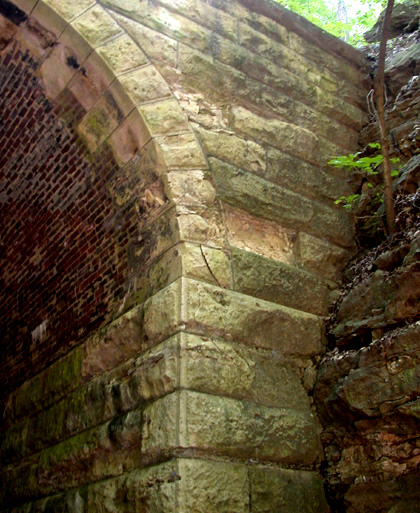

In Stone
This photo is of a crack in the limestone cliffs, and is next to a dwelling actually made into this crack. I hide the dwelling behind these leaves in this photo — you can see the images at the Burningbird Images site for more detail.
In this case, the colors are flat because of the lack of sun — I think that B & W is much superior, and gives a interesting feel to the photo.
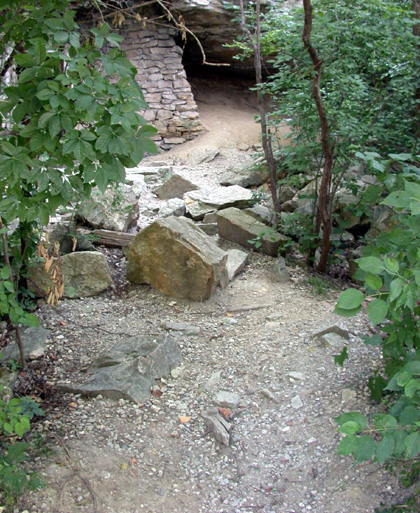

No Choice
Two completely different photos to demonstrate that, sometimes, there is no option. A photo would be useless without color, or a B & W would be material for the garbage can if in color.
The first photo is of a pretty bug that landed on the back of my gold car, and the photo’s colors highlight the contrast. I have no idea what this bug is, but it was very tenacious. Even when I lifted the trunk lid to put my purse in the trunk, it maintained its grip.

This photo is from inside the Rocheport Tunnel, looking towards the entrance. The light difference was extreme, and in color, it would be a muddy mess. However, in B & W, the effect is dramatic, even extreme. Many wouldn’t like this photo, but I love it — it was one of my favorites.
